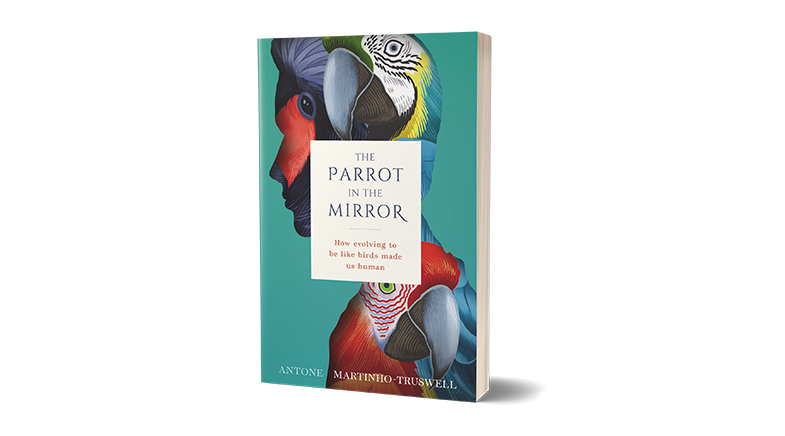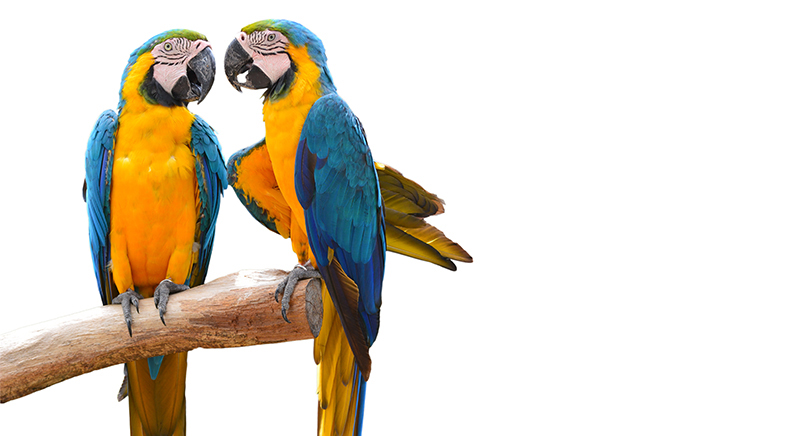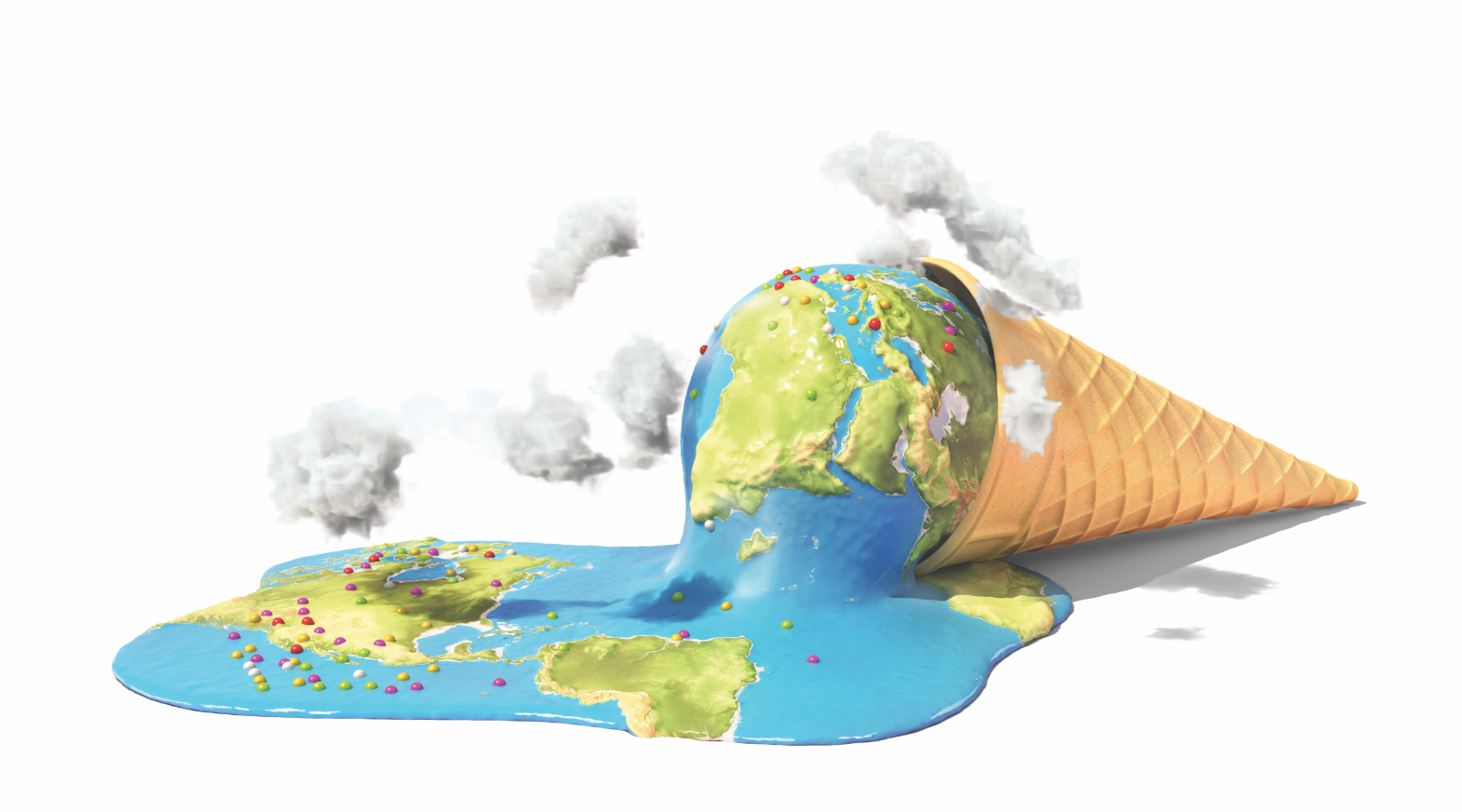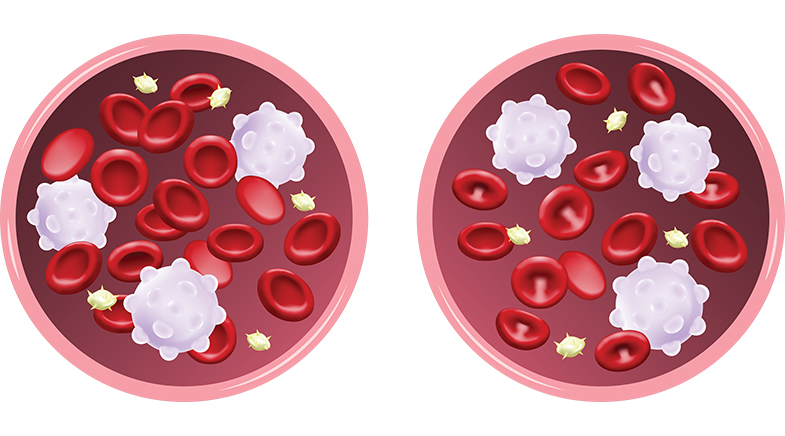Birds r us!
-
- from Shaastra :: vol 01 issue 04 :: Jul - Aug 2022

Parrots are the evolutionary mirror image of humans, who are actually birds without feathers, argues ecologist Antone Martinho-Truswell.
As a fledgling birder, over 40 years ago, the very first bird I homed in on through a brand new pair of bins, perched on the peepul tree outside our flat in Bombay, was a coppersmith barbet. He was a tubby little fellow, dressed in green, with a face made up like a clown's in crimson, lemon and black. He was standing on tiptoe, hiccupping away, 'Tok-tok-tok'.
Wow, I thought, if the very first bird I looked at was like a clown, what were the other 1,200-1,300 species like?
As I began checking them out, most began reminding me of people: crows were like the mafia; hawks, fierce fighters and hunters; mynas like most folks in Delhi (where I had by now shifted); jungle babblers quite like bad-tempered cops; and, of course, parakeets were like very noisy clowns. My first novel, The Crow Chronicles, was based on this premise — almost all the characters were birds and it was set in Bharatpur.
Thus, when I was given The Parrot in the Mirror, it came as a sort of scientific validation of what I had always suspected! Birds r Us, or We r Birds! Antone Martinho-Truswell's main premise is simple: Parrots are our evolutionary mirror image. And step by step, chapter by chapter, he goes on to demonstrate just how.
It is, he argues, a clear case of convergent evolution. After the giant dinosaurs were wiped out 66 million years ago, only the smaller runabouts and reptiles that could fly escaped the carnage. (It's suspected that all the dinosaurs had feathers — to keep them cosy — and these evolved into wings in some of the smaller guys, which further improved their chances of survival because they could escape predators.) So birds evolved, becoming warm-blooded, developing characteristics such as big brains (needed in order to fly), mobility, longevity (relative to mammals), fidelity, family life, and communication.
NATURAL SELECTION
Fifty million years after they had started evolving into full-fledged birds, a group of mammals began evolving much the same away from the same continent, because natural selection found this to be the best way. (Convergent evolution is not all too common an occurrence in nature.)
And those guys were us. We stood upright (as birds did on their perches), we lived relatively long lives, took enormous pains and time to bring up our young with TLC, we were social and talked a lot, we had big brains (relative to other mammals) and solved problems.
We were born with enormous heads to accommodate our brains – and even if not nearly fully developed at birth, it made birthing a real pain. The result – the baby – was real precious, so it had to be looked after well.

For birds, their 'magic bullet' for survival was the ability to fly, which took up a lot of brainpower. Ah, you might say, then why do we denigrate someone by calling them a 'birdbrain'? That, Martinho-Truswell maintains, is utterly uncalled for. While the bird's brain might be small because some birds are tiny, the number of neurons firing away inside it is comparatively enormous and crammed with computing power.
In each of the chapters, he expands on the main points of his thesis: how we (and birds) got to where we are, our shared longevity, our brains, our fidelity (a bit of hanky-panky notwithstanding), communication (we talk, birds sing), and finally homing in on how parrots are more exceptionally like us than any other species of birds (including the corvid mafia, who no doubt will be displeased with this conclusion).
From comparing us to birds in general, he narrows down, and nails us down to parrots, in what makes a fascinating read (even if there is a bit of repetition here and there). What makes parrots most like us is their intelligence: the ability of at least three of the big guns (cockatoos, greys and macaws) to figure out how to solve a problem or pick a tricky lock with no intuition and only logical reasoning to guide them. It's not only problem-solving. Sulphur-crested cockatoos in Australia even understand abstract if nasty concepts such as revenge: stop feeding them (there are warnings out in Australia not to do so) – and they'll try and tear your house down!
Every point Martinho-Truswell makes is backed up by solid scientific research – see the 'Notes' at the end. This is no gushing anthropomorphic treatise. The author has been described as a "behavioural ecologist whose work focuses on animal minds and learning..." More power to him and his kind!
Ranjit Lal is a columnist and author — who writes especially for children and for adults who are children.
Have a
story idea?
Tell us.
Do you have a recent research paper or an idea for a science/technology-themed article that you'd like to tell us about?
GET IN TOUCH














